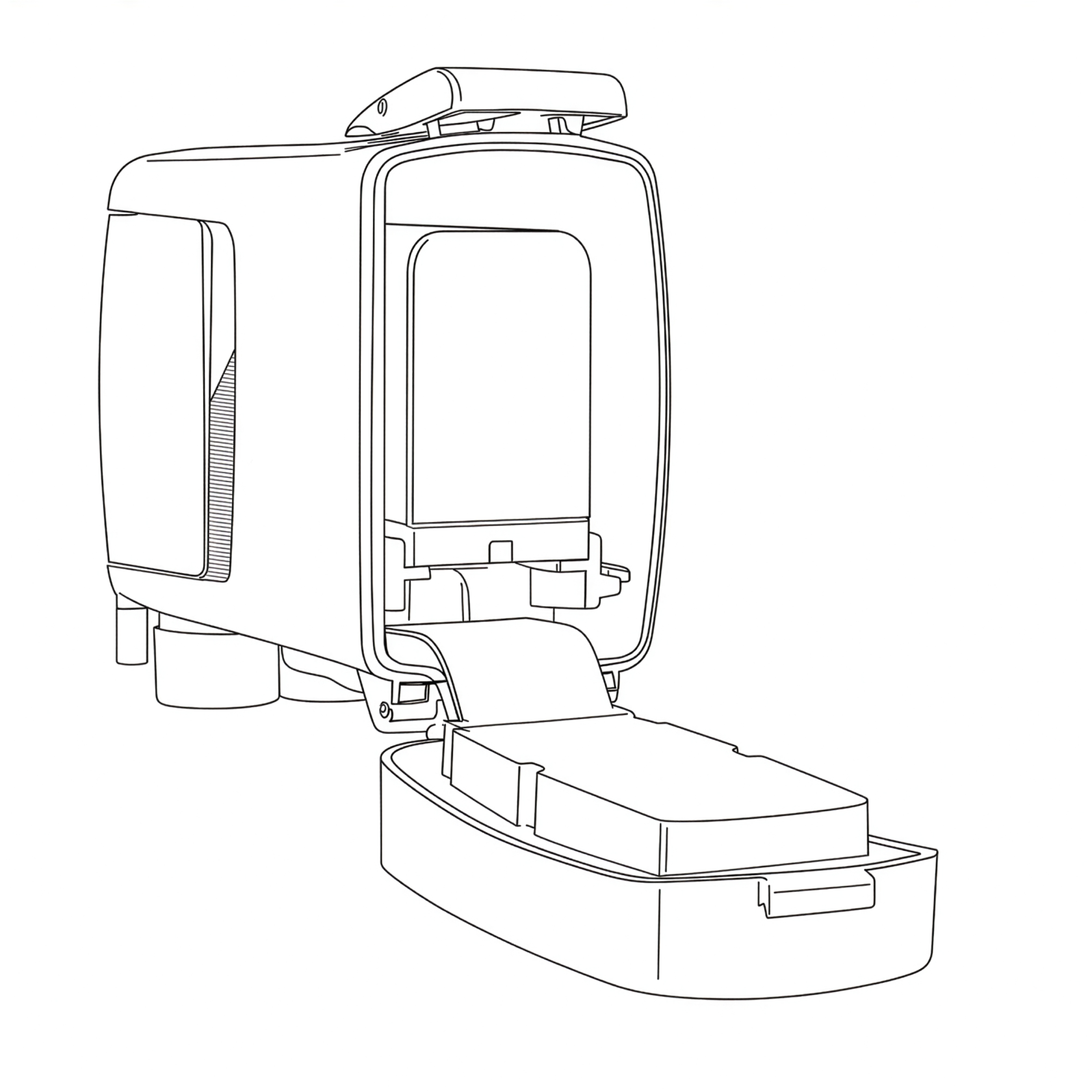Powering Your Sensor
The Camtraptions PIR Sensor v4 can be powered in several different ways, offering flexibility for a wide range of field conditions and setup durations.

1. NPF-Type Rechargeable Battery
The primary power option is a Sony-type NP-F lithium-ion battery, a widely available and reliable standard used across the photographic industry. The sensor accepts various sizes of NP-F battery (e.g. NPF-550, NPF-750, NPF-970), allowing users to choose the desired capacity depending on their power needs.
NP-F batteries are sold separately, as they are easy to source locally from most camera or video equipment suppliers. SimplyPlace the battery onto the battery tray, about 1cm away from its fully engaged position. Apply slight downward force to ensure that the locking tab in the battery tray is fully depressed and, at the same time, slide the battery into the rear compartmentforward until it clicks into place.
[gif showing the battery insertion]
2. AA Battery Adapter
As an alternative, the sensor can be powered using six AA batteries installed in the AA battery adapter (sold separately). The adapter fits into the same mounting slot as the NP-F battery. This option provides flexibility in situations where rechargeable lithium batteries are not available or convenient to use.
To install, insert the adapter in the same way as an NP-F battery, ensuring it is seated securely before closing the rear door.
3. External DC Power Input
For extended deployments or fixed installations, the sensor can also be powered via the DC input jack located on the underside of the unit. The sensor accepts DC input voltages from 4V to 12V.
For added reliability in the field, the sensor is compatible with Camtraptions screw-lock DC connectors, which provide a more secure and weather-resistant connection.
